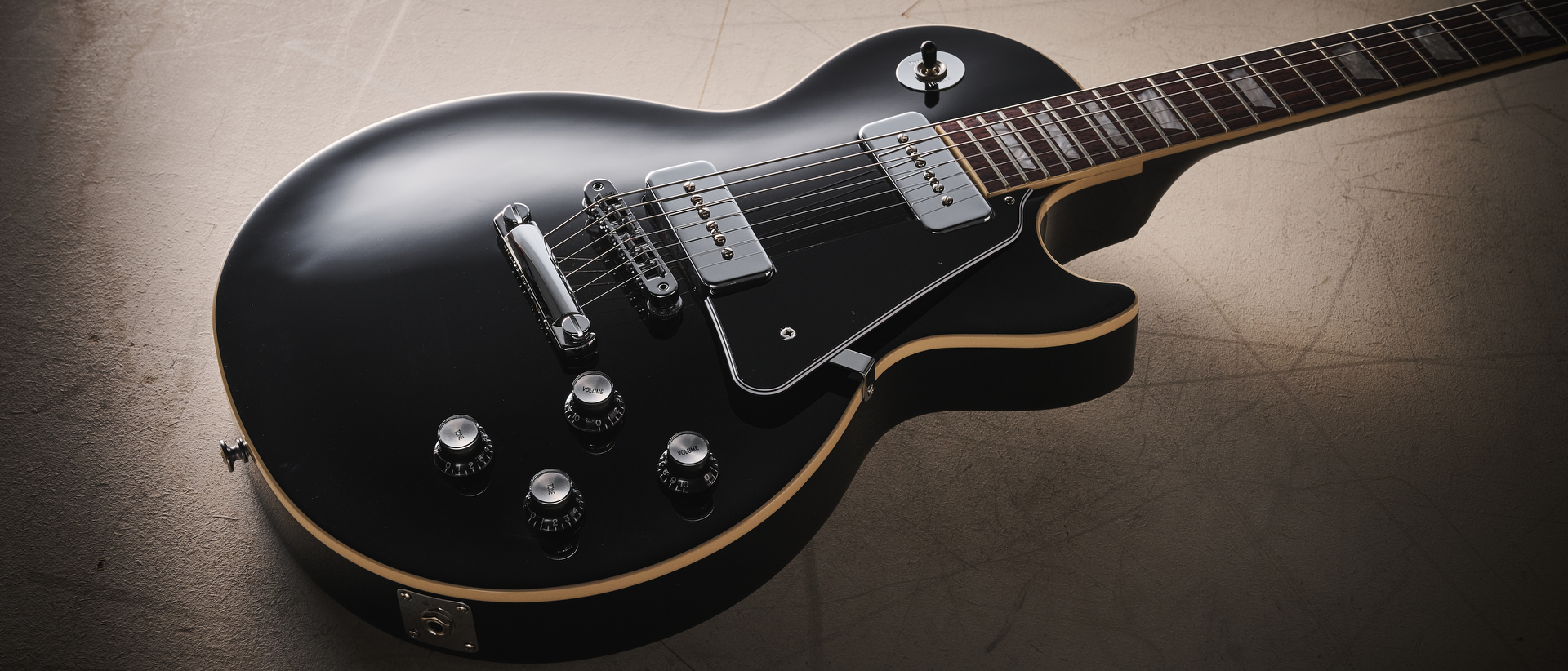Intro licks are different to solos – they have to be concise and melodic, with a real start and end. Here's how to open your solos like the pros
These five ideas will get you thinking about crafting intros like Joe Bonamassa and friends

In this column I’m going to show you just a few licks from my book, 100 Essential Blues Guitar Intros, from Fundamental Changes. Intro licks are different to solos as they have to be concise and melodic, with a real start and end.
There’s no time to build to a crescendo so we must say everything in a short space of time using interesting, melodic and emotive licks. All the great blues artists developed this skill over decades of playing in venues where they took the lead.
A great intro can tell you many things including: the key, if a song is Major or Minor, if it’s a ferocious stomper or a smooth ballad, its feel - is it groovy Latin, a shuffle or, as here, a 12/8 ballad. You also glean a great amount about the player’s intent - are they holding back for the big finish later, or going at it like a bull at a gate?
It’s easy to neglect playing in 12/8 time so let’s start off with some big sounding licks in this time signature. The key to getting this in place is to feel the underlying triplet in each beat so count ‘1-&-a-2-&-a-3-&-a-4-& a’ throughout.
These licks are all about creating a melodic statement of intent within the format of a blues ballad, so keep this in mind when devising your own intros, and remember that restraint, taste and melody are all crucial. Good luck!
Example 1
Combining A minor and major pentatonic scales along with the A blues scale gives a varied, sophisticated sound full of melody. But often it only hinges on changing one or two notes in a phrase – for example the hammer-on from the minor to major 3rd in bar two at the end of beat 2, or hammering-on from the 5th to 6th frets (C to C#) on the third string.
The intro is a great place to show off your guitar embellishments like legato, bends and vibrato.
All the latest guitar news, interviews, lessons, reviews, deals and more, direct to your inbox!
Example 2
This line starts with a challenging rhythmic phrase as you play a group of four notes over the underlying triplet feel. This lick again demonstrates the rich sounds you will get from switching between A minor and major pentatonic scales when building licks.
Play the whole-tone bends with the fretting-hand’s third finger, but supporting the bend with the first and second digits for maximum stability, accuracy and vibrato feel.
Example 3
Here’s a more restrained feel based on longer sustained notes and the opening phrase just runs down the A minor pentatonic scale. Bar three starts at the 9th fret of the first string giving you an interval of a 9th (E) over the D7 chord. Chord tones are safe but sometimes intervals like a 9th provide interesting colour.
Example 4
Using repetition is a highly effective way of creating melody and consistency in your licks and also gives a sense that you are thinking about what you are playing rather than just hoping for the best. You can also go crazy with repetition, as Gary Moore did on his track Back On the Streets.
Example 5
In this example, the lick in bar one sets up a sense of tension and release into bar two. Repeating an idea shows that you are playing with confidence and conviction and notice how the busy sound of the first bar is contrasted with restraint and melody in what follows.
Stuart Ryan is best known for his acoustic guitar playing, from Celtic fingerpicking and traditional folk to modern percussive phrasing and fresh interpretations of popular pieces. He has released several solo albums, written pieces for UK examination boards and created nine tutorial books ranging from acoustic guitar arrangements to Americana styles.

